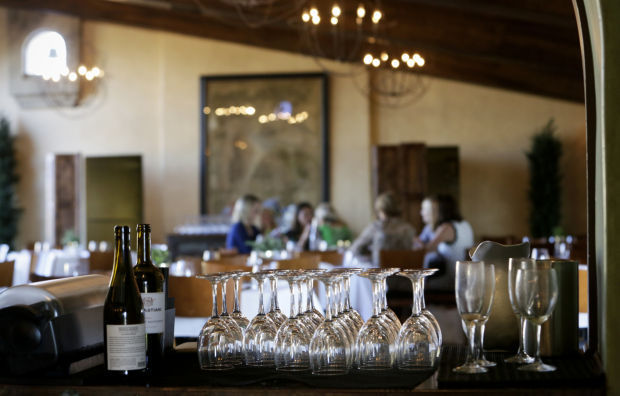Thinking of quitting your job?
New Arizona economic figures suggest the timing to find better employment may seldom be better.
The job openings rate has hit 7%, up from 6.3% the prior month. The rate of hiring also increased, but still trails.
That has not gone unnoticed. The “quits rate’’ — the number of people voluntarily leaving their current jobs — also is up, Doug Walls, labor market information director for the Arizona Office of Economic Opportunity, said Thursday.
And the seasonally adjusted unemployment rate for June is 3.5%. That’s up a tenth of a point from May, when the rate was the state’s lowest since 1973, officials said.
All that is a positive sign for employees, Walls said.
“Generally, the ‘quits rate’ will increase when workers are confident they can find a better job elsewhere, one that may offer better pay or more flexibility,’’ he said. “So with the uptick in the job openings and a voluntary quits rate and unemployment rates at near-historic lows, workers may be thinking that this is the right time to change job positions.’’
Wages up, too
The numbers disparity between openings and job-seekers also is having an effect on wages.
Walls said the state’s average hourly wage has hit $31.30. While that still trails the national average of $33.31, it is up 5% in the past year versus a 4% increase for the rest of the country.
Less clear is how long that positive situation for workers — and headwinds for employers — will remain. That comes down to Economics 101: the law of supply and demand.
“Arizona’s labor force continued to add individuals who are coming back into the labor force,’’ Walls said. There was a big decline during COVID in that figure, which covers the number of people working and, potentially more important, the number actively looking for work.
Then there are new entrants to the labor force, recent high school and college graduates looking for their first jobs.
Also, Arizona has long been a magnet for new residents.
That is not expected to change. The Office of Economic Opportunity projects the annual population growth rate in Arizona to be 1.2% by 2030; the rate for the rest of the U.S. is 0.6%.
“That’s going to help balance out and provide the skilled labor needed by employers,’’ Walls said. “If we’re continuing to see strong labor force growth, then employers may be less inclined or less likely to have to compete for limited talent around the state.’’
Bar and restaurant job losses
Overall, Walls reported that private sector employers shed 1,500 jobs between May and June. But he said much of that loss is seasonal.
One area particularly affected is the state’s leisure and hospitality sector, particularly bars and restaurants, where employment is down by about 5,600. Walls noted, though, that some of that was made up through hiring by operators of amusement parks and recreation centers.
“The school year is out,’’ he said. “People are looking for indoor activities or looking to go to the amusement parks which oftentimes have water features and water parks associated with them.’’
Construction hiring may slow
The new report also showed an increase in construction employment, but there are signs of slowing on the horizon, Walls said.
One of those signs is the number of permits issued for new private housing units.
That had bottomed out in 2009 after the real estate bubble burst, at one point hitting just 802 a month.
There was a more or less steady increase, even through the COVID recession. But the trend may be reversing, with the number of building permits issued in May at 4,548, down by 689 from a year earlier, a 13.2% drop.
Much of that is related to interest rates, with the latest figures just shy of 7% compared to slightly more than 3% two years ago. There also are indicators the Federal Reserve Board, hoping to bring inflation under control and achieve a “soft landing’’ of the economy, is poised for at least one more increase in the federal funds rate, which directly affects mortgage rates.
This is about more than new homes.
The number of active listings of existing homes decreased again last month and is now down by about 8% from a year earlier. Here, too, the mortgage rate plays a role.
“I think those who have purchased homes who do have mortgages at those lower rates are more reluctant to sell their house or move unless they have to, because they do know that they’re going to be entering into a market with much higher interest rates,’’ Walls said.
This isn’t just an Arizona issue.
He said Redfin Corp., which does research as well as buying and selling real estate, reports that just 1% of all U.S. homes changed hands in the first half of the year, “which was the lowest share in at least a decade.’’
Get your morning recap of today's local news and read the full stories here: http://tucne.ws/morning





